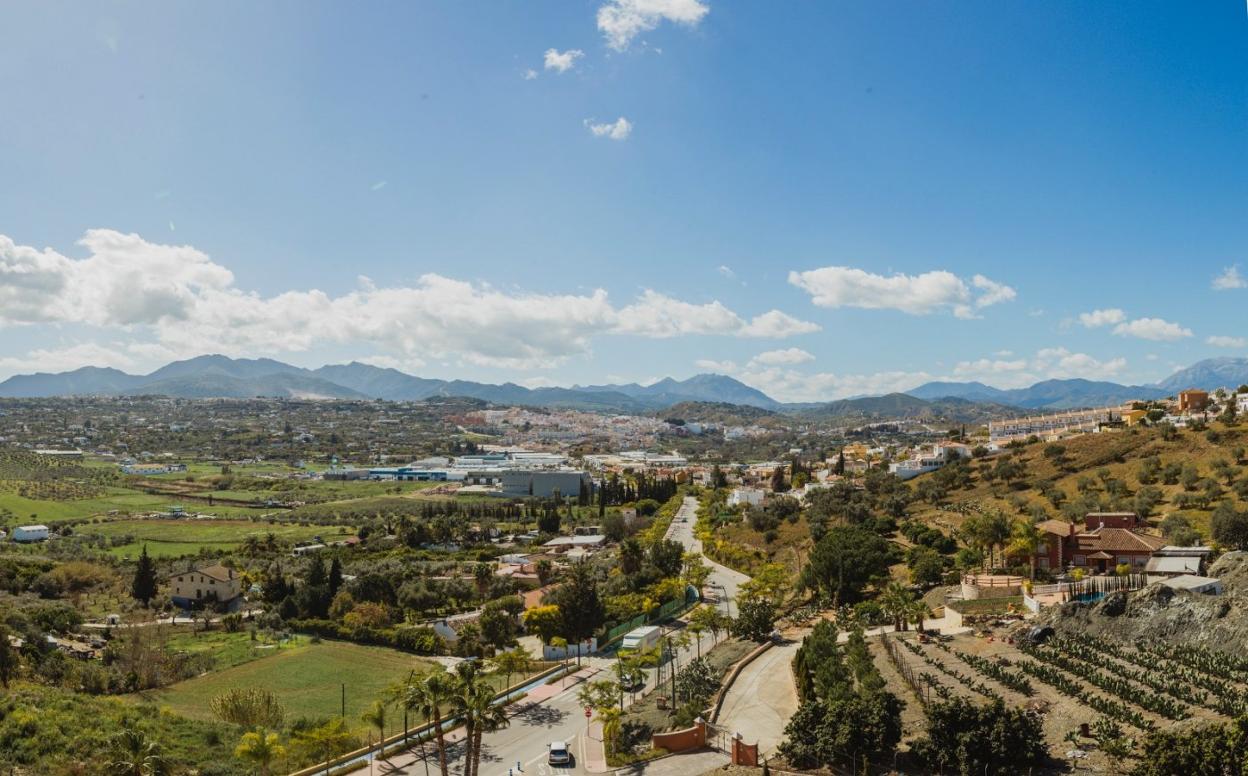

Sections
Highlight

aNDREA jIMÉNEZ
Friday, 20 January 2023
According to historians, the name Coín does not have a verified origin. Throughout history, its origin has been identified with different eras and names, although many of these have been discarded by researchers. This is the case of the Roman city of Lacibis cited by the Greek historian Ptolemy, or the castle of Cohine or Alcoine, and its fabulated translation of 'pleasant paradise'; all of these have their origins in a "bad interpretation" of the Latin work on the Castilian conquest of 1485 by Father Mariana, according to local researcher Francisco Marmolejo.
The first to identify Coín with Lacibis was Miguel Cortés in his geographical-historical dictionary of Ancient Spain in 1835, for which he copied Madoz's monumental dictionary. This propagated the same error in the works of future writers such as Estrada Segalerva, who wrote on the history of Coín in 1965.
As Marmolejo points out, it was not until the nineteenth century that the Dutch Arabist-Islamist Reinhart Dozy identified the name Dakwán with the current town of Coín. He was followed by other contemporaries such as Simonet, Bisso, Guillén Robles, Moreno Maldonado and Amador de los Ríos.
Leaving aside the typical theories of Lacibis and Alcoine, the only acceptable hypothesis seems to be that the name Dakwán comes from a Berber family settled in Cordoba, the Banū Dakwán. However, the researcher indicates that the fortress and the place name are prior to the arrival in the peninsula of this clan.
Marmolejo refers to several works, such as the Chronicle of Aríb, the Muqtabis V of Ibn Ḥayyān, the Chronicle of Abd al-Rahmán III and the Bayān Al Mughrib of Ibn 'Iḍhāri, in all of which the castle of Coín is mentioned as Qaštruh Dakwán. It is for this reason that the name Qaštruh/Castro has been related to late antiquity, heir to Roman tradition, bringing back the origin of this place name to pre-Islamic times.
"So far, the archaeological records do not seem to support this hypothesis; on the contrary, we have to relate the term Qaštruh with the reconstruction of the castle by the Umayyads in 920, which was undertaken to deal with the Banū ḤHafsūn, established in the medina of Bobastro, between Ardales and Álora," says Marmolejo.
At the current stage of the investigation, everything indicates that it was the Umayyads who introduced the Roman military construction tradition, based on works from Byzantine Syria, which Marmolejo likens to the village of Qasr Bunayra, today Casarabonela.
How then does the toponym Dakwán evolve to end up becoming Coín?
All these issues, the origin and the transformation are brought together in the Spanish-language work From Dakwin to Coín (analysis of a rural district of al-Andalus), by academics Antonio Ordóñez Frías and Virgilio Martínez Enamorado.
The greatest transformation is explained by the inflection of the letter á towards i, a peculiar and characteristic phenomenon of Arabic Granada. Under the influence of the so-called Arabic inflection, Dakwán is modified to Dakwin, later evolving to Kwín, and finally to Coín.
Publicidad
Publicidad
Publicidad
Publicidad
Esta funcionalidad es exclusiva para registrados.
Reporta un error en esta noticia

Debido a un error no hemos podido dar de alta tu suscripción.
Por favor, ponte en contacto con Atención al Cliente.

¡Bienvenido a SURINENGLISH!

Tu suscripción con Google se ha realizado correctamente, pero ya tenías otra suscripción activa en SURINENGLISH.
Déjanos tus datos y nos pondremos en contacto contigo para analizar tu caso

¡Tu suscripción con Google se ha realizado correctamente!
La compra se ha asociado al siguiente email
Comentar es una ventaja exclusiva para registrados
¿Ya eres registrado?
Inicia sesiónNecesitas ser suscriptor para poder votar.